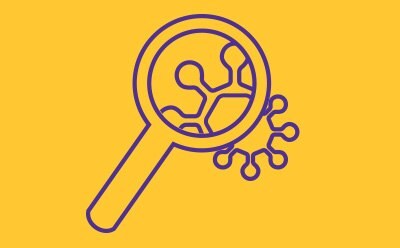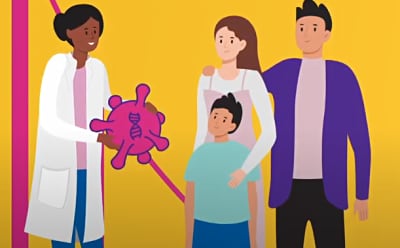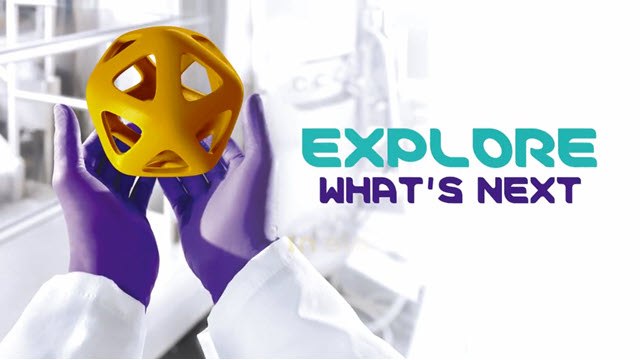Viral Vector Characterization & Biosafety
Developers of gene therapies and gene-modified cell therapies provide life-saving treatments to patients worldwide. As new products emerge for clinical study, biosafety testing and characterization are essential to mitigate safety concerns long before they are given to patients. It is also vital that process or commercialization challenges are identified, so that urgently needed therapies can be brought to market with confidence – quickly and safely.
- White Paper: Accelerating the Time to Market of Gene Therapies through Use of a Platform Approach
- Application Note: Viral Clearance Considerations for AAV Viral Vectors
- White Paper: Rapid Sterility Testing: Viral and Gene Therapy Applications
- White Paper: A Multifaceted Strategy for Viral Safety in AAV Processes
- Poster: Unlocking the Potential of Viral Vectors Through Functional Titer Assays
- Poster: Testing Approaches for Virus Vectors Used in Gene Therapy - Novel Methods and Regulatory Expectations
- Poster: A Viral Safety Strategy for Gene Therapy Viral Vectors
- Article: Updated US FDA Guidance For The Gene Therapy Industry: Key Changes And Areas Of Increased Focus

The unique nature of gene therapy products means that traditional methods for testing and characterization cannot always be applied to viral vectors such as adeno-associated virus (AAV), retrovirus/lentivirus, or adenovirus. Developers use a combination of routine and customized methods to fully analyze the identity, potency, safety, and stability of their new therapies. Full method development and validation are understood to extend timelines.
Recent introduction of an innovative, more flexible “platform” approach offers developers a better balance between speed and customization. BioReliance® gene therapy services, for example, feature pre-developed assays that have been included in regulatory filings around the globe. These assays have been developed and validated to permit customization of specific parameters (for example, gene of interest), which then allows a streamlined approach to validation. Developers can explore these opportunities and learn how a platform approach can reduce time to market.
Gene Therapy Testing Requirements |
|---|
Raw Materials
For many new therapies, especially cell therapies, it is very difficult to remove human or animal-derived products from the manufacturing process. If these materials are used in the process, then it is essential that they be thoroughly tested to ensure the absence of adventitious agents.
Cell Banks
Cell banks used to manufacture biological therapies must be thoroughly characterized according to regulatory guidelines for biologics and tested to ensure the absence of adventitious agents. This testing may include verification of the cell type, tests for bacteria, fungi, mycoplasma and possibly mycobacteria, broad specificity viral assays as well as assays for specific viruses, and assays for retroviruses.
Unpurified Bulk
Testing of unpurified bulk, which may include transfected producer cells, should include verification of identity, and may involve confirmation of the gene of interest. The titer of the vectors should also be determined at this stage. The absence of replication competent viral vectors should also be confirmed. Tests for microorganisms (such as bacteria, fungi, and mycoplasma) are appropriate for this material, as are broad specificity assays for adventitious viruses.
Process Clearance
Unlike traditional biopharmaceuticals and non-enveloped viral vectors (such as AAV and adenovirus), enveloped viral vectors such as retro and lentivirus cannot claim viral clearance for their manufacturing processes. It is not possible to separate or inactivate potential viral contaminants without adversely impacting the product. Viral inactivation and removal steps can be included in the manufacturing process for non-enveloped viral vectors, however, and the viral reduction can be claimed for many such processes.
Purified Bulk
Purified bulk should include a verification of identity, such as confirmation of the gene of interest and confirmation of AAV serotype. Quantitation of infectious titer, genome titer, and potency are appropriate at this stage. The absence of microbial contamination and replication competent vector should also be confirmed. Verification of the absence of residual product and process impurities is also advised.
Final Product
The identity of the final vector product must be confirmed. This testing may include the sequencing of the gene of interest, infectivity titer, genomic titer, and potency testing. Sterility and levels of endotoxin should also be analyzed. In addition, characteristics of the final product should be determined, including vector aggregation, pH, osmolality, appearance, and particulates.
Workflow


Viral Vector Upstream Processing
Making the right upstream process decisions not only impacts viral vector titer, but downstream processes, timelines, and regulatory acceptance

Viral Vector Downstream Processing
Efficient virus purification processes can improve yield, decrease time to patient, and lower manufacturing costs

Viral Vector Formulation and Final Fill
Formulating a commercially viable gene therapy demands a high level of application and regulatory expertise

Viral Vector Contract Development and Manufacturing
CDMO partnerships play a critical role in advancing clinical pipelines and achieving successful commercialization
To continue reading please sign in or create an account.
Don't Have An Account?
